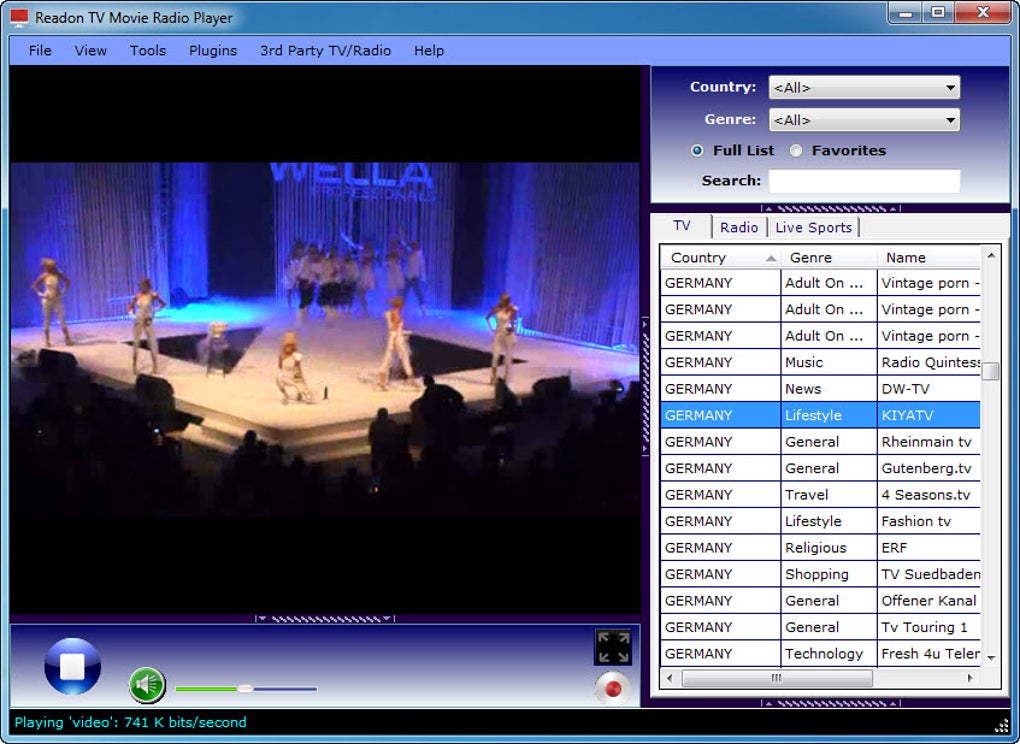

During the balance of the 1950s, the squadron supported the French forces in French Indochina, transporting a replacement French garrison to Dien Bien Phu in 1954. From Larson, the squadron airlifted troops, blood plasma, aircraft parts, ammunition, medical supplies, and much more, primarily to Japan, in support of the Korean War until the armistice in June 1953. It moved to nearby Larson Air Force Base when McChord was taken over by Air Defense Command in 1952. In 1951, it upgraded to the new Douglas C-124 Globemaster II strategic airlifter. During the Korean War, the squadron flew long, over-water trans-Pacific missions to Japan from McChord. On 1 June 1950, its parent 62d Wing was inactivated, while the 62d Troop Carrier Group, less the 4th Troop Carrier Squadron moved for a short time to Kelly Air Force Base, Texas, returning in July. In October 1949 it received the long-distance Douglas C-54 Skymaster. It deployed to Alaska in September 1947 where it flew airlift missions from Elmendorf Field during the winter of 1947–1948, returning to McChord in March 1948.

It conducted routine peacetime transport operations, training with Army units at Fort Lewis with simulated combat parachute training drops flying Curtiss C-46 Commandos and the new Fairchild C-82 Packet combat cargo aircraft, designed to operate from forward, rugged airfields. When the school closed in July 1947, it moved to McChord Field, Washington where its parent 62d Troop Carrier Wing became the host unit at the airfield after reorganizing under the wing base organization system. The squadron returned to the United States in September 1946, being assigned to the troop carrier squadron training school at Bergstrom Field, Texas. The squadron then returned to operations over Italy and in the Balkans until the end of combat in Europe, May 1945. It carried paratroopers during Operation Dragoon, the invasion of Southern France in August 1944. On return trips it evacuated wounded partisans, evadees and escaped prisoners.

It even carried jeeps and mules as cargo. Its unarmed aircraft flew at night over uncharted territory, landing at small unprepared airfields to provide guns, ammunition, clothing, medical supplies, gasoline, and mail to the partisans. The squadron supported the Italian Campaign during balance of 1944 supporting partisans in the Balkans. It operated from Sicily until December until moving to the Italian mainland in December. After moving to Sicily, the squadron airdropped supplies to escaped prisoners of war in Northern Italy in October. It towed gliders to Syracuse, Sicily and dropped paratroopers at Catania during the operation. During June 1943, the unit began training with gliders in preparation for Operation Husky, the invasion of Sicily. In combat, the squadron performed resupply and evacuation missions across Morocco, Algeria and Tunisia during the North African Campaign. Performed intratheater transport flights of personnel, supply and equipment within England during summer and fall of 1942, reassigned to Twelfth Air Force after Operation Torch, the invasion of North Africa, and moved to Tafaraoui Airfield, Algeria. The 8th deployed to England, where it became part of Eighth Air Force in September 1942. Transferred to Kellogg Field, Michigan, the squadron trained for combat resupply and casualty evacuation mission at several airfields during the spring and summer of 1942. World War II Īfter the Pearl Harbor Attack, the squadron was transferred to the 62d Troop Carrier Group and re-equipped with Douglas C-47 Skytrain transports. It moved on 29 June 1941 to Hill Field, Utah where it performed the same mission for the Ogden Air Depot. Once organized it moved to nearby Duncan Field where it became a transport squadron for supplies and equipment managed by the San Antonio Air Depot. On 1 February 1940, these reserve personnel were withdrawn and the squadron was activated at Brooks Field, Texas, and assigned to the 10th Transport Group. The unit became a Regular Army Inactive unit when reserve personnel were assigned to it in June 1938 at Patterson Field, Ohio. The squadron's origins date to 1 October 1933 when it was constituted as the 8th Transport Squadron and assigned to the 2d Transport Group in the Fifth Corps Area in inactive status.

Train and equip Boeing C-17 Globemaster III aircrews for global airland and airdrop operations.


 0 kommentar(er)
0 kommentar(er)
